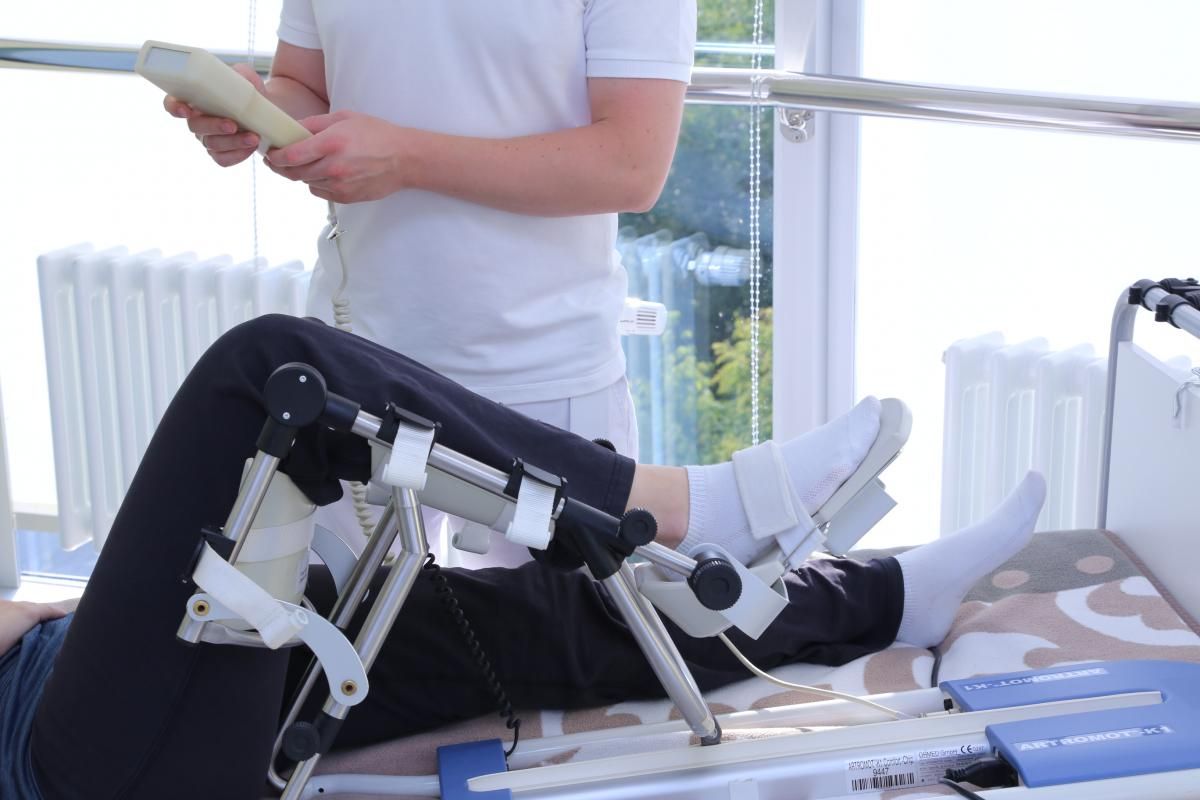 One of the main advantages of The ECSTO European Clinic of Traumatology and Orthopedics is an early rehabilitation after surgery: the very next day after the endoprosthesis, our patients are allowed to walk with a full load on the operated leg under the supervision of a rehabilitologist using crutches or walkers.
One of the main advantages of The ECSTO European Clinic of Traumatology and Orthopedics is an early rehabilitation after surgery: the very next day after the endoprosthesis, our patients are allowed to walk with a full load on the operated leg under the supervision of a rehabilitologist using crutches or walkers.
In the supine position, rehabilitation takes place with the participation of instructors and a special automated machine that bends and unbends the operated limb in a preset mode to develop the range of motion in the joint. This procedure takes about an hour and is performed within painless limits.
The duration of rehabilitation treatment may vary depending on many factors: the age of the patient, his constitution, the amount of surgery, the degree of expected physical activity in the future.
During the first week after surgery, it is important for the patient to learn how to use his new joint safely. For this, the clinic's medical staff helps the patient get out of bed, teaches him how to walk, stand, and sit properly.
To reduce the inflammatory response, edema, pain, and improve blood circulation in the operated limb, the rehabilitologist prescribes various physiotherapy procedures and massages.
Hip replacement. Rehabilitation
After the operation hip replacement, the patient begins passive joint development using the Arthromot device, learns to perform special exercises in bed to restore muscle strength, and begins to walk independently.
After 6-7 days, the patient is discharged from the clinic, but for a speedy recovery he must follow the recommendations of the attending physician and continue the course of rehabilitation treatment. More complex exercises may be recommended for the patient to develop the range of motion in the joint, but special care should be taken in the first weeks after surgery.
In the postoperative period, it is necessary to keep in mind the risk of falling on the operated limb, which can lead to repeated surgical intervention.
Approximately 6-8 weeks after hip replacement, provided that the recommendations of specialists are followed, the necessary procedures and physical exercises are performed, the patient can return to driving and working, depending on the level of required physical activity and health status.
An increase in physical activity, a return to work, driving, etc. should be carried out only after consultation with the attending physician.
The total period of rehabilitation after hip replacement can take from several months to a year.
Knee replacement. Rehabilitation
Rehabilitation after knee replacement also involves a set of procedures and exercises aimed at reducing pain, swelling, improving blood circulation, strengthening muscle structure, gradual restoration of the volume of movements in the operated joint.
At an early stage of rehabilitation, it is necessary to avoid heavy loads on the joint, all movements should be performed carefully, in the first weeks after surgery, patients use crutches or walkers as a support when walking.
Physiotherapy measures prescribed by a rehabilitologist may include procedures such as: electromyostimulation, lymphatic drainage massage, local cryotherapy, laser therapy, etc.
Activation of the patient from the very first days after surgery and strict adherence to the recommendations of the attending physician contributes to the speedy restoration of the function of the operated joint.
During the patient's postoperative stay at the clinic, rehabilitation doctors and physical therapy instructors teach him how to walk, sit down, and climb stairs correctly (if the patient's condition allows). After discharge from the clinic (after about 7 days), in most cases, the patient can bend the knee to 90 degrees, followed by straightening and performing more complex standing exercises aimed at restoring lost muscle strength.
A return to the usual level of physical activity often becomes possible after a few months, however, such important nuances as the degree of increased physical activity, resumption of sports, etc. must necessarily be coordinated with the attending physician.
The complete restoration of the knee joint after arthroplasty can take from six months to one year.
Conclusion
Rehabilitation after arthroplasty is a key aspect of successful surgical treatment. That is why, in most cases, the lack of a well-designed complex of restorative treatment and disregard for the recommendations of orthopedic and rehabilitologists leads to postoperative complications, an increase in the duration of joint recovery, and in some cases, to repeated surgical intervention.
Experienced ECSTO specialists will help you regain the joy of movement!
You can find out about other benefits of treatment in our clinic and specify the cost of the rehabilitation course from the assistants ECSTO rehabilitation departments.








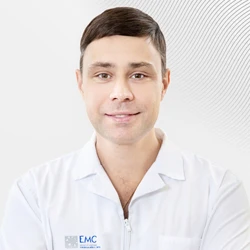



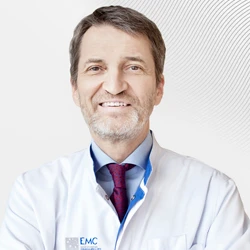

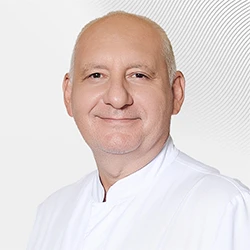
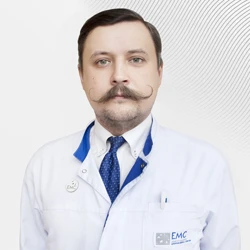

.webp)
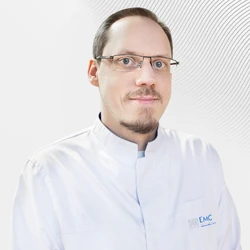

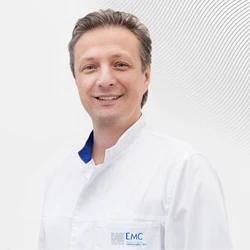
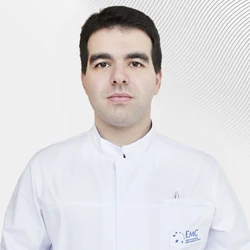
.webp)


